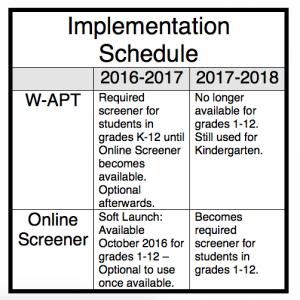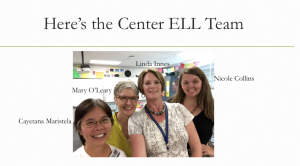I find significant gaps in eSchool News’ suggestions for developing school websites. School districts must also consider how to ensure equal access to digital communications for parents and guardians whose dominant language is something other than English. Sadly I don’t see the needs of ELL families addressed anywhere in this article. As a significant part of a school’s website design and functionality, it is my experience that districts also need to ask:
Does our district offer ELL parents language-translated versions of our website? If not, at least offer https://translate.google.com/manager/website/
Does our district offer opportunities for ELL parents to gain hands-on training to learn how to navigate web resources? A great example of how a local Missouri district solved this issue can be found in the April post featuring Center School District who shared how they support parents as learners.
Does our district offer resources to connect homes that are disenfranchised from accessing digital communications? Deb Socia is the queen of this topic nationwide and provides constant updates about the progress she and others are making to bridge – and one day eradicate – the digital divide.
http://nextcenturycities.org/about-ncc
Please ensure that all families can access your district’s digital communications. Doing so will enable them to participate meaningfully in their child’s education.
What insights and resources for purposeful web design can you share? Leave a reply.

